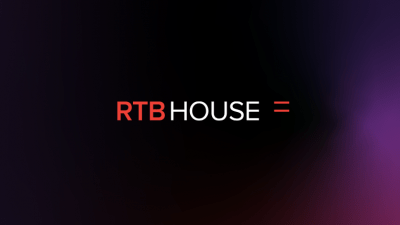Last Updated on: 10th August 2022, 09:16 am
Today’s model of selecting and reaching audiences, primarily based on data brokers, raises many questions regarding the transparency of obtaining information about the user, and the coming changes in regards to the removal of 3rd party cookies will significantly impact the data brokerage industry.
In this article you will learn about:
- The type of data sources available post-cookies
- The capability of data sources
- Targeting the right audiences without 3rd-party cookies
- The subtle differences between AI technologies and which is likely to outperform post-cookie
Table of Contents:
Data sources in the cookieless future
In the new reality – starting late 2023 – “target groups” selection will be based on four types of data sources of clear origin. Each of them is expected to have a different scale and scope of information:
- Contextual data
- Behavioral data
- Identity providers
- FLoC
Contextual data means targeting based on the consumed content of pages/articles. It is a deep analysis of websites based on their content’s theme, language, and other data to determine their primary category. All of which can be combined with Brand Safety mechanisms to continue their function.
Behavioral data is a data source based on the idea that the ad should be relevant not to the page, but to the user visiting the page. Behavioral targeting has been widely used in online advertising and marketing for over a decade now and the first party data of advertisers and publishers will still be available for use.
Identity providers are methods based on 1:1 user identification by using a unique identifier derived from personally identifiable information, such as email addresses.
FLoC (Federated Learning of Cohorts) is a brand new approach developed within the Privacy Sandbox. It is based on the idea that the browser groups people with similar web browsing behavior and assigns them to a cohort that can be targeted by the advertising services providers.
You can learn more about FLoC from the infographic below.

Clearly, the more powerful the algorithms are, the more precise the evaluation of the relevant cohort is while bidding for the right audience. The algorithms of different vendors will select different FLoCs, which may cause wide differences in the results.
See also: How Will Retargeting Work without 3rd Party Cookies?
The increasing role of Deep Learning
Thus, AI technologies such as Machine Learning and Deep Learning will no longer be just a technological advantage, but will become an indispensable element in the daily work of every marketer.
Machine Learning is the study of computer algorithms that improve automatically through experience and data use. It is a part of artificial intelligence.
In contrast, Deep Learning is part of a broader family of machine-learning methods based on artificial neural networks with representation learning. This one can be unsupervised by a human to work, so the industry assumes it will be more tailored for post-cookie branding campaigns
Wrapping up
Only the combination of all these AI technologies will allow for a comprehensive approach to advertising and branding campaigns after 3rd party cookies have been phased out. By combining the different scopes of the delivered data, an accurate new way of flexibly and effectively selecting target groups and reaching audiences can be achieved.
If you have any questions or comments regarding the article, please let us know.





